Introducing
Welcome to Wild Edition! Your member magazine is now digital, which means you’ll be able to view videos, have interactive experiences, take deeper dives into stories, and more. Make sure to answer the two survey questions at the end of this issue so we can make Wild Edition the best it can be for you!
Thank you so much for your support in Creating a Better World for Animals. We hope you enjoy your new member magazine.
If/Then
IF SHE CAN SEE IT…THEN SHE CAN BE IT
The Wilds of Africa tunnel now features a striking, 333-foot-long mural showcasing 12 amazing women who are making a difference in the fields of science, technology, engineering, and mathematics (STEM). Their work promotes conservation, advances research, educates the public, and inspires those around them.
This temporary installation is generously funded by a grant from the Lyda Hill Philanthropies’ IF/THEN® Fund at Texas Women’s Foundation.
Species Survival Plan
Preserving animal populations for generations to come
By Alaena Hostetter, Guest Contributor
Tasseled ears, a scruffy beard, and striking rusty red fur with a blaze of white down the back — these bold looking red river hogs love to root around in their habitat at the Dallas Zoo, constantly foraging for their favorite foods like tubers and mushrooms. A precocious pig that’s native to Africa, red river hogs are incredibly smart and curious about humans, according to Matt James, the senior director of animal care at the Dallas Zoo. “They’re a very active species,” he said with a laugh. “They have these fantastic squeals when they get excited and run around.”
Did you know...?
When you visit and enjoy seeing animals like these at Dallas Zoo, you probably don’t realize the lengths to which zoologists go to maintain the viability of these animals — and their entire species. “There’s a lot involved — effort, work, time, and money — in caring for the animals at the Zoo; we’re also studying genetics and doing conservation,” said Ann Knutson, assistant zoological manager of birds at the Dallas Zoo.
Zoos exist, in part, to provide a safe haven for threatened animals and ensure that the species will be around for future generations. But maintaining the survival of an endangered species is no small feat. To that end, the Species Survival Plan (SSP) was created in 1981. This program coordinates efforts among facilities across North America that are accredited by the Association of Zoos and Aquariums (AZA). The SSP determines which animals should breed together to maintain genetic diversity in the population. This complex program couldn’t exist without dedicated zoologists, such as James and Knutson, who volunteer their time to sustaining the SSP.
Each species in the SSP is overseen by an SSP coordinator and a studbook keeper — sometimes the same person, but oftentimes two different people — who preserve and update records for all of the animals in North America, coordinating with other facilities in the U.S., Mexico, and Canada.“ There’s a large time commitment and emotional investment to making sure these species are going to survive for the next generation,” said James, who’s the SSP coordinator for three different species at the Dallas Zoo. “It’s an honor to hold these positions — your peers are trusting you to manage these populations, and as much work as it is, it’s a privilege to manage these groups.”
In total, the Dallas Zoo counts 14 staffers who volunteer as either a studbook keeper or SSP coordinator for 24 different species, 20 of which reside at the Dallas Zoo. “We’re in the top 10–20% of zoos in terms of how many SSP programs we manage,” James estimated. “We are proud of the many hours of volunteer work put in by our teams.” It’s a feather in the Dallas Zoo’s cap to have as many SSP coordinators and studbook keepers on its staff as it does. And holding one of these positions speaks to the caliber of scientist, according to James. “When we’re hiring zoological managers and curators, we’re looking for this experience on their resume,” he said.
James has been the SSP coordinator for red river hogs since 2015; he took on an additional SSP coordinator role in 2018 for the yellow-backed duiker, a species of forest antelope native to Africa; plus he’s served as the vice SSP coordinator for the enormous giraffe population across North America since 2019 — there are about 650 giraffes in the SSP. “Representatives from other institutions will contact me when they have a litter of red river hogs, so we can update our studbook — or if one of their adult duikers passes away, we can make a recommendation to transfer an animal from another zoo, so they can continue their breeding program.”
If it seems complicated, that’s because it is. AZA facilities consult with population biologists who study the pedigrees of all of the animals in the SSP to determine relatedness and which would be a good genetic match to breed. In fact, the AZA funds a population management center with a handful of population biologists on retainer for this purpose. “It’s a puzzle with a lot of different information that we have to figure out how to piece together,” James said.
As far as the southern ground hornbill population, Knutson serves as both the SSP coordinator and studbook keeper, striving to keep the species’ gene pool as varied as possible. Specifically, she said she is “aiming to keep 90% genetic diversity in the population for the next 100 years.” The reason that the Dallas Zoo went through the trouble of bringing the southern ground hornbill chick, Kune, to Dallas when he was still in his egg, as told in our article Transporting a Southern Ground Hornbill, is because his genes are extremely valuable to the population. To give him the best care, they wanted him to have a family group, which is how southern ground hornbills live in the wild. “We brought this egg to be raised by our family group here, specifically, because they are such a good family group,” she explained. “There are probably fewer than 10 family groups in human care in the whole world,” Knutson estimated. “It’s so rare and special to have a family group at the Dallas Zoo. We’re leading the way for the care of ground hornbills worldwide.”
Kune’s new parents are dedicated to say the least. “They each have such distinctive personalities,” Knutson said.
Dad, Okpara, catches bugs and snakes to feed to the boys. Mom, Nanjamba, had already learned Kune’s specific call before he was fully hatched. Kune’s older brothers, Mosi and Pili, act just like human kids would: they play, they fight. “Dad yells at them when they’re getting too rowdy.” “Mosi is a ham and gets in trouble often; Pili gets scared easily; and Kune is calm and personable, and avoids conflict.”
While the southern ground hornbill family doesn’t have a public-facing habitat just yet, that’s something that the Dallas Zoo is working toward providing for visitors since these “tiny velociraptors” need a reinforced enclosure that can withstand their athleticism. “Their beaks are so strong, and they can jump six feet straight up,” Knutson explained. They were previously housed in the former cheetah habitat that now is home to African painted dogs, if that gives you an idea — the Zoo needs to provide similar housing for them as it does to a large mammal predator. Until then, visitors can get a glimpse of them on the Dallas Zoo’s social media pages.
Since arriving in Dallas, Kune has been doing well, according to Knutson. “He’s learning so much. He can eat on his own now, but dad still feeds him quite a bit,” she said. Knutson told a story about the dad catching a snake for Kune, who didn’t know what to do with it. “Pili grabbed the snake and ran off, which made Kune have quite a tantrum — he was squawking, begging their dad to intervene,” Knutson described. “Pili felt bad, so he walked back slowly with the snake. It was such a little brother-big brother interaction.”
Knutson said sibling rivalry behavior is typical for these highly intelligent birds. “The older brothers were jealous of Kune getting so much attention in the first couple months. Now, they’ve accepted him since he can play with them… Every time I go out there, they’re exploring or playing with each other,” Knutson said. “It’s really fun to watch them interact.”
Seeing family groups like these Southern Ground Hornbills thrive, and knowing that each family of animals at the Zoo plays a role in the survival of their species, is the ultimate reward for the hardworking staff who commit their time to make SSPs successful. Your annual membership support makes the Dallas Zoo’s work with programs like the Species Survival Plan possible.
Did you know...?
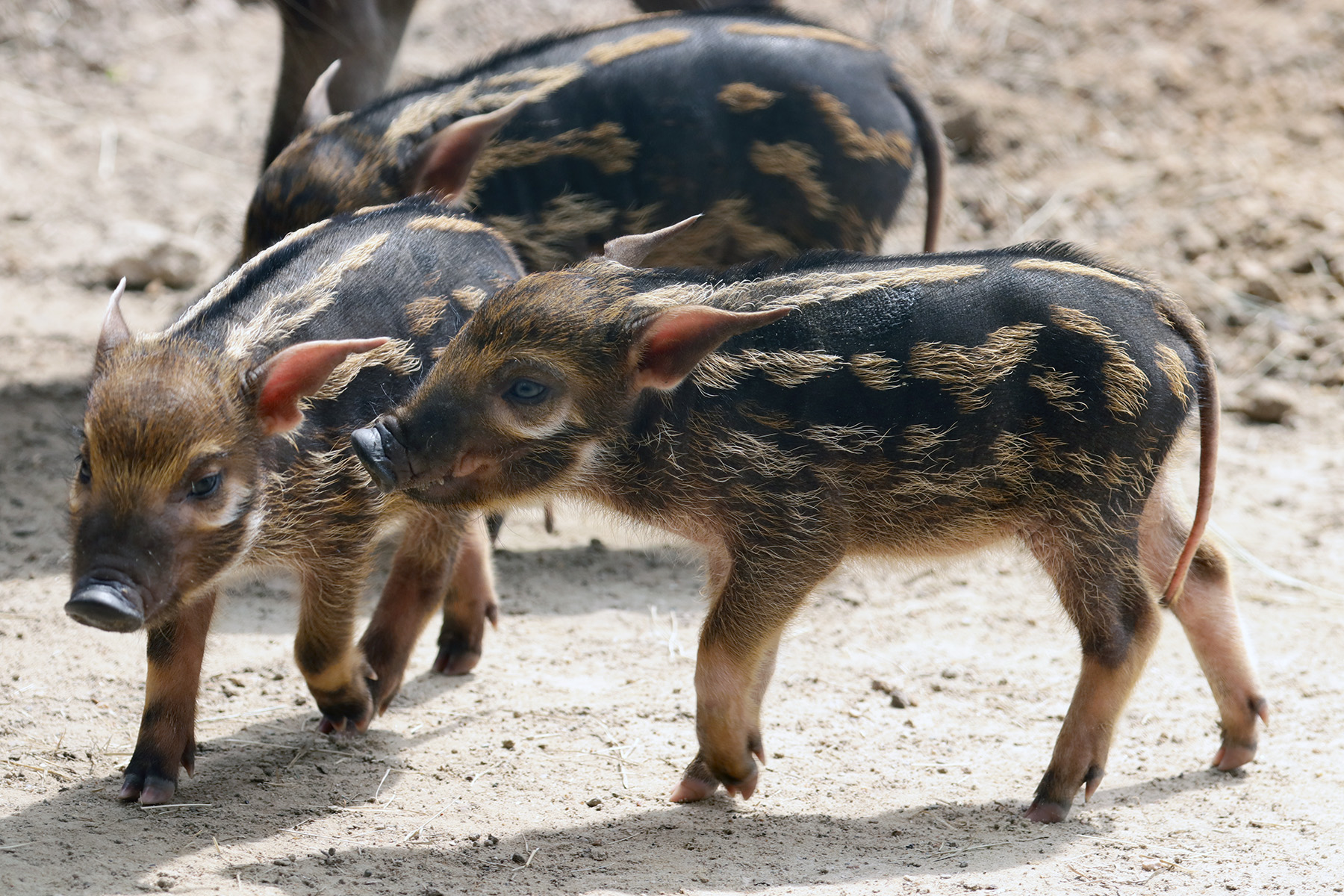
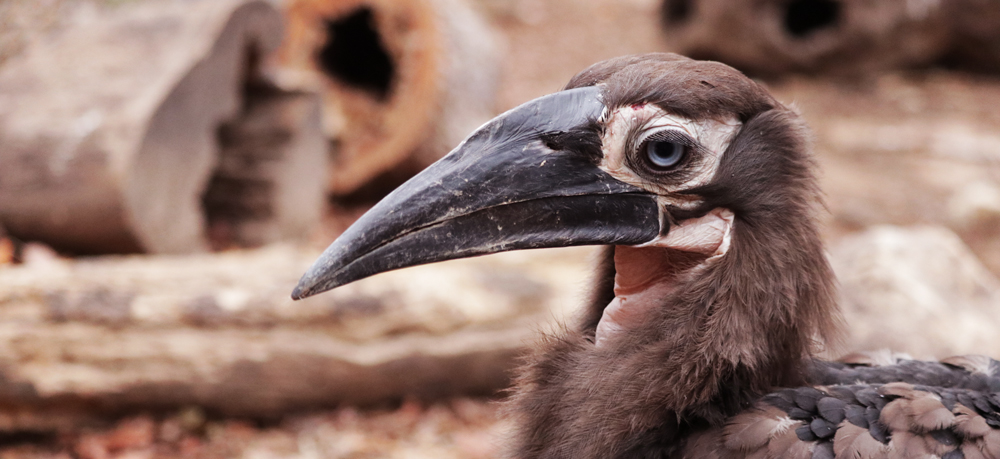
Transporting a southern ground hornbill
Flying toward a first-of-its-kind incubation
By Alaena Hostetter, Guest Contributor
The newest hatchling to join the Dallas Zoo’s family group of southern ground hornbills is something of a miracle bird. Standing at three feet tall, with an impressive curved black beak, fuzzy dark grey feathers, and striking blue eyes, he looks just like any other ground hornbill chick who’s hatched at the Dallas Zoo. However, Kune (pronounced koo-nay) is the first of his species to be successfully adopted into a new family group by father and mother birds who didn’t lay his egg. And getting Kune’s egg to the Dallas Zoo from its original home at Tennessee’s Zoo Knoxville proved to be a feat against all odds.
“You either have to transport the egg really early on or really late in incubation when it’s as close to hatching as possible, without it hatching in the process,” said Ann Knutson, the assistant zoological manager of birds at the Dallas Zoo. “Most of the time you wait until late in incubation to make sure that the egg is fertile so you don’t waste time with an infertile egg,” she explained. A bit of a trailblazer among ground hornbills, typically these incredibly intelligent and fiercely loyal birds form tightly knit family groups consisting of a mother and father plus their offspring, excluding any other individuals.
Incubator egg-spress
Knutson has cared for Kune since she transported his egg to Dallas in a portable incubator on a commercial passenger flight from Knoxville. However, what should have been routine procedure turned into a harrowing ordeal as Knutson raced against the clock to get Kune to his new home before he hatched, while working within airline regulations that didn’t take kindly to the incubator.
Ground hornbill incubation is approximately 38 days. Once hatchlings pierce the egg’s interior membrane, they only have a short window of time — 12 to 24 hours — to break through the outer shell, or they will suffocate inside of their egg. Adding complexity to the situation, they need the right humidity and temperature conditions to fully hatch, or the membrane can get stuck to them, complicating the process. Anyone who’s ever flown knows that airports and airplanes tend to be heavily air conditioned and have low humidity.
“I feel like it’s a miracle with any egg that hatches into a chick,” Knutson said. “The hatching process is so amazing — everything has to be perfect — the timing, the placement. When we intervene and mess with the egg, it opens the door for more things to go wrong.” Not the least of which was TSA inspecting the incubator inside and out. “The whole TSA staff was surrounding me and the incubator, excited to look at this egg,” said Knutson, laughing. “They were in awe of it, even though it looks similar to a chicken egg, just a bit bigger.”

Egg-cellent timing
After landing, Knutson jumped in her car and raced back to the Zoo to get Kune into position for hatching. Knutson and her team did a quick switcheroo, placing Kune’s egg in the nest box and removing the decoy egg that his new mother had been roosting upon for the past five weeks. “As soon as chicks are breathing air, they’re making noises and talking, which starts the bonding process between mom and baby,” Knutson said. Thanks to the decoy egg and excellent timing, Kune’s mother got to witness him hatching, never realizing that he wasn’t her biological chick.
Given the immense pressure and stress of the situation, why would the Zoo go to the trouble of moving Kune’s egg to a new facility? For starters, Kune is the “most valuable bird in the population because of his genes,” according to Knutson, who oversees the Species Survival Plan (SSP) for the entire ground hornbill population that’s spread across North America. “We brought Kune here to give him the best chance at survival and a family group,” Knutson explained.
Read more about the SSP, which oversees animal breeding, and why it recommended that Kune move to Dallas in our article Species Survival Plan.
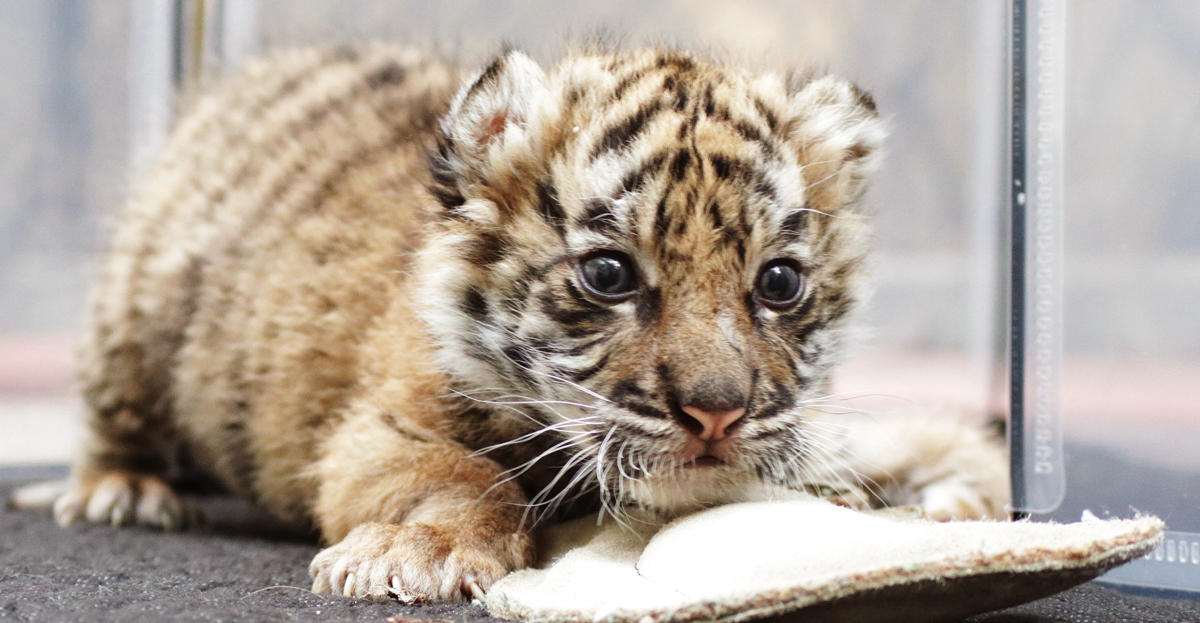
Hand raising a baby tiger
A day in the life of young Sumini
By Alaena Hostetter, Guest Contributor
When the Dallas Zoo welcomed a baby Sumatran tiger this summer, the exciting news splashed across local headlines. The female cub, named Sumini, captivated Dallas as the first tiger born at the Dallas Zoo since 1948, a 73-year dry spell that was broken with the successful pairing of two of the Dallas Zoo’s resident Sumatran tigers: mom, Sukacita “Suki” and dad, Kuasa. “She’s a very big deal for everybody here at the Dallas Zoo,” said Stephanie Dosch, a senior zoologist. “We’re all really excited about her.”
Born weighing only 2 pounds on August 2, Sumini, or “Sumi” for short, has been hard at work learning what it means to be a tiger — playing, pouncing, napping, and eating — devouring a lot of food, in fact, as she grows into her enormous paws. In just six months, she’s increased in size by more than 2,000% to a weight of approximately 45 pounds. Once she’s fully grown, she’ll weigh around 200 pounds, which is typical for an adult female Sumatran tiger.
Sumini’s situation could’ve gone a lot differently, though, without the expertise and timely intervention of the Dallas Zoo staff. Sumi’s mother wasn’t producing enough milk to sustain her, nor was she very interested in caring for the young cub.
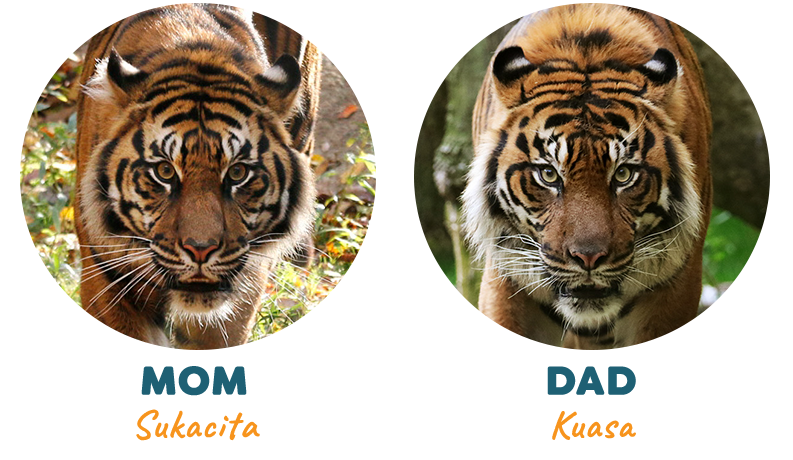
Thankfully, the Dallas Zoo was prepared to step in. Now, she’s not only surviving, but thriving, due to constant support from Zoo caregivers like Dosch and Assistant Zoological Manager Sara Bjerklie, who have a daily hand in her care. Although Sumini is being hand raised, her caregivers are very hands-off and facilitate feedings without being in the same space as the little cub. She also spends lots of time with the adult tigers — helping her learn the social skills she’ll need as she continues to grow.
The “surrogate moms” gave us a peek behind the curtain into what it’s like raising a tiger cub, one day at a time.
Just as her caregivers have grown to love Sumi, the public has as well, getting glimpses into her daily life through social media and visits to the Dallas Zoo.
“Her personality, independence, and confidence grow every single day,” Dosch said. “She’s really incredible.”
The Species Survival Plan (SSP), which is managed by the Association of Zoos and Aquariums, approved Suki and Kuasa to breed because their genes were under-represented. To everyone’s delight, another breeding attempt between Suki and Kuasa has resulted in two siblings for Sumini! The Dallas Zoo welcomed cubs Nety and Rudi on December 6.
Follow the Dallas Zoo on social media to get updates on Sumi and when you can spot this growing feline on habitat.
Upcoming Member Events
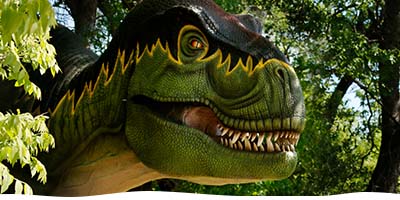
March Member Mornings: Dino Safari Member-only Viewing
March 5 & 6, 8-11 a.m.
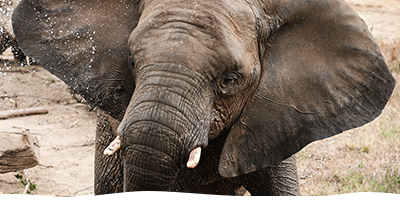
April Member Mornings
April 2 & 3, 8-9 a.m.

Dino Safari President’s Circle Party
April 30, 6 p.m.

May Member Mornings
May 7 & 8, 8-9 a.m.

Member Brunch
Passport level and above
May 14, 8-11 a.m.

June Member Mornings
June 4 & 5, 8-9 a.m.
Event invitations to follow, registration required.
Updates

Sumini has siblings!
Sumatran tiger, Sukacita gave birth to two healthy cubs – one male and one female – on December 6. We have named the male cub Rudi and the female cub Nety, after two real-life conservation heroes who are working to save critically endangered Sumatran tigers in their natural habitat. Keep an eye on our social media channels for the latest update on our three adorable cubs.
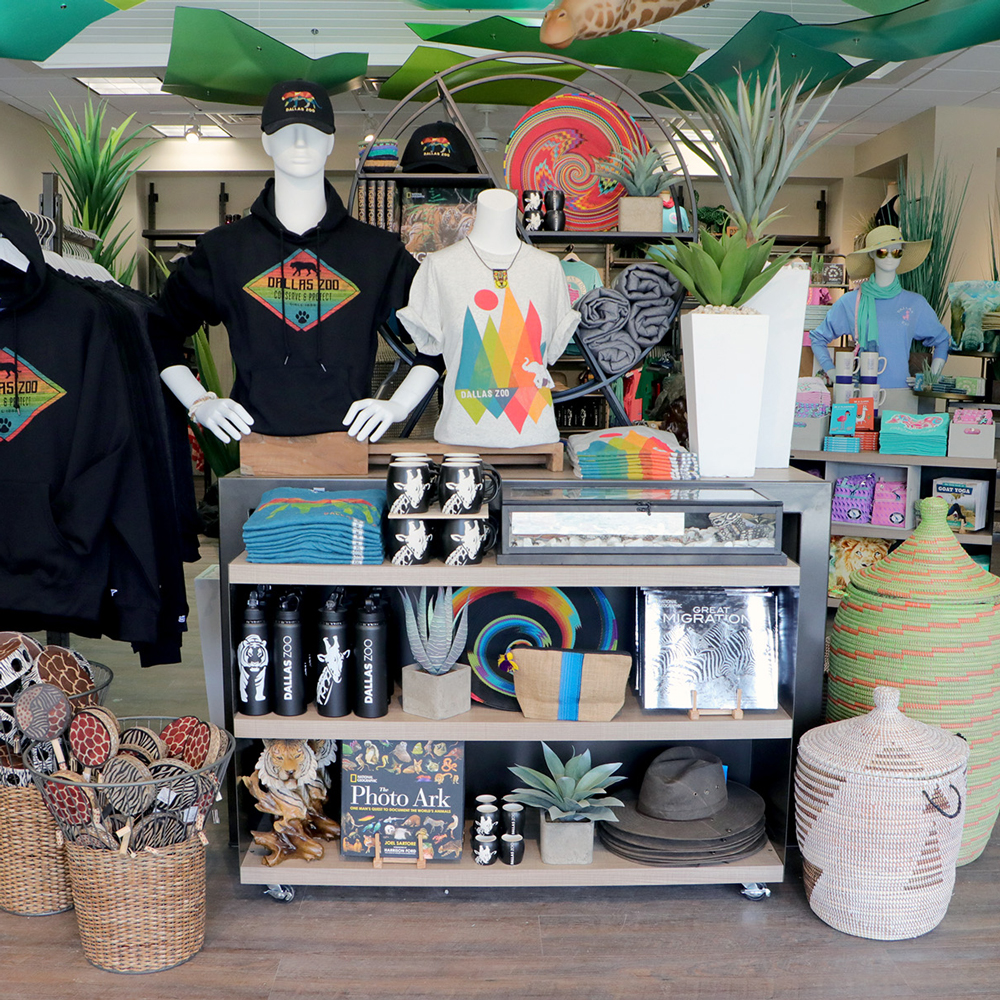
New Coupons for Members
Check your account for a new coupon every few months! These one-time-use coupons will be redeemable for a special offer at either the gift shop or one of the Dallas Zoo restaurants. To redeem, just stop by the membership booth to get a physical copy of your coupon. Log into your account to see what the current coupon is.
Baby Colobus Monkey
Our troop of black and white colobus monkeys has grown by one adorable baby! This little one was born to first-time mom, Pili and dad, Kuruka on January 26. He or she is happy and healthy, spending lots of time close by Mom’s side, and nursing frequently. Stop by Primate Place to catch a glimpse of this new little one on your next visit.
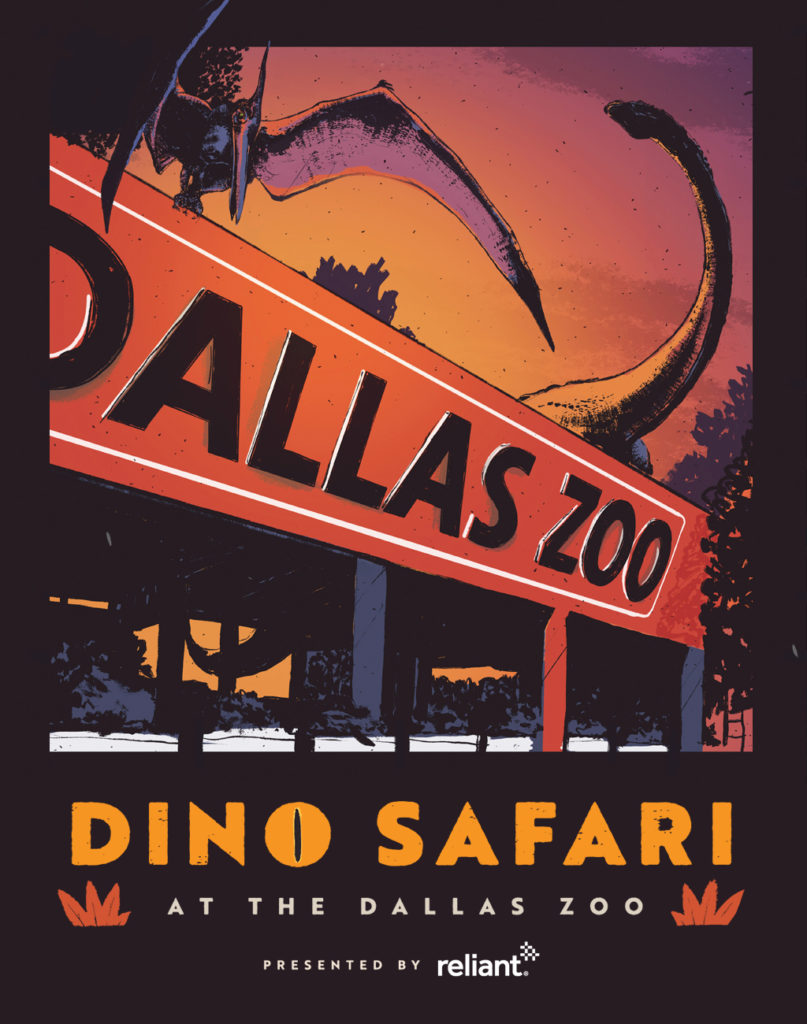
Dino Safari
Opens March 4
This spring, dinosaurs are taking over the Dallas Zoo! Go on a prehistoric journey to meet a recently discovered herd of dinos in this immersive adventure that’s fun for all ages. You’ll become part of a research team as you take a narrated shuttle ride through an outdoor research center and try to uncover connections between dinosaurs and animals at the Zoo. Highlights include:
- Dozens of animatronic dinosaurs
- An all-new shuttle ride experience
- Costumed dinosaur character encounter
- Photo opportunities
Patron-level members and above get FREE admission to Dinos! Contact us at 469.554.7400 or Members@DallasZoo.com to upgrade your membership.
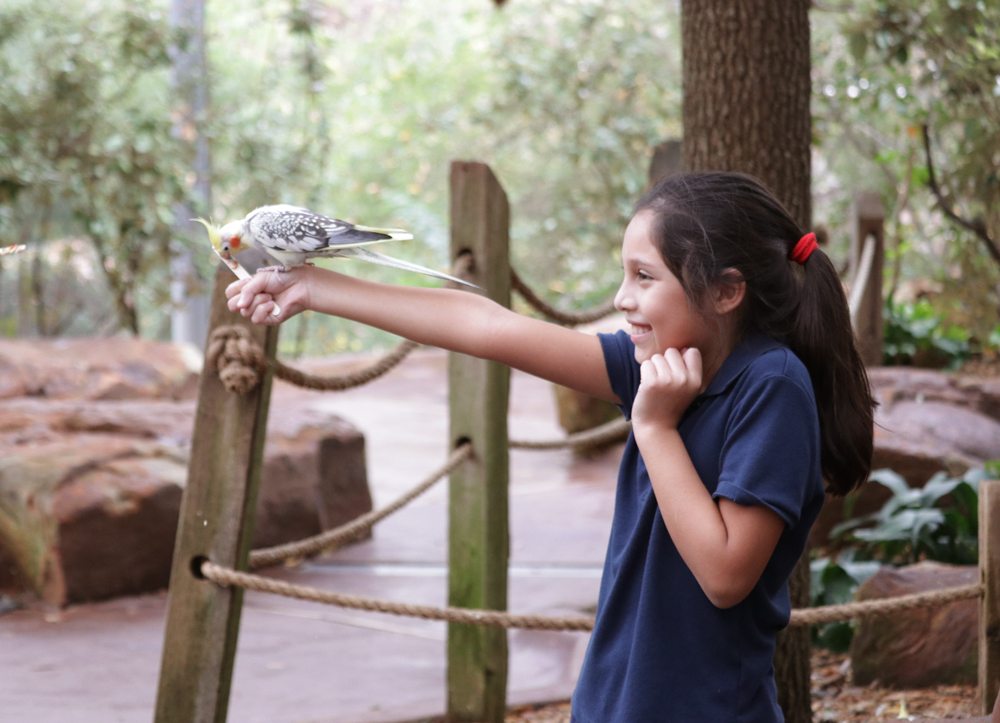
Summer Camps
Grades K-6
Registration now open!
All summer camps feature educational tours, games, creative projects, close-up animal encounters, and more. Campers will be grouped by grade level and led through the Zoo in small groups by Zoo Guides.
Don’t forget – Dallas Zoo members get a discount on camps!
Give us your feedback!
Thank you to our 2022 Sponsors
Signature Partners

Premier Partners


